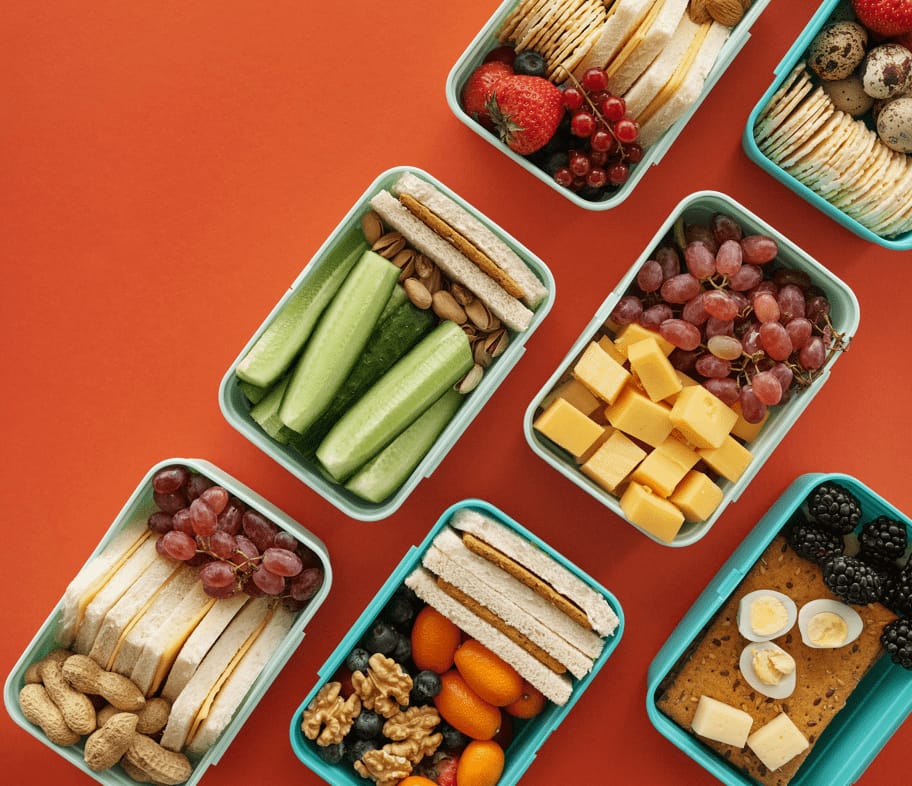Chia Seeds vs. Sabja Seeds: Key Differences You Should Know
Chia seeds and sabja seeds (also called basil seeds or tukmaria) are often confused because of their similar appearance. However, they are different in terms of origin, nutritional value, and uses. Let’s explore these differences to help you decide which one suits your needs better.
1.Origin and Appearance
Chia Seeds: Come from the Salvia hispanica plant, native to Central and South America. They are small, oval-shaped, and come in black or white.
Sabja Seeds: Derived from the basil plant (Ocimum basilicum), commonly used in Indian and Southeast Asian cuisines. They are slightly larger, completely black, and shiny.
2. Soaking Time
Chia Seeds: Take about 10-15 minutes to swell and form a gel-like texture when soaked in water.
Sabja Seeds: Swell almost instantly, within 2-3 minutes, creating a thicker gel.
3. Nutritional Value
Chia Seeds:
- High in omega-3 fatty acids, fiber, protein, and antioxidants.
- Great for heart health, energy, and digestion.
- 2 tablespoons of chia seeds provide 10 grams of fiber and a boost of plant-based protein.
Sabja Seeds:
- Rich in fiber, iron, and calcium.
- Known for their cooling properties and aid in digestion and reducing acidity.
4. Taste and Texture
Chia Seeds: Mild and almost tasteless, making them versatile for smoothies, puddings, and baked goods.
Sabja Seeds: Have a mild herbal flavor and are often used in sweet beverages like falooda and lemonade.
5. Health Benefits
Chia Seeds:
- Promotes heart health and improves digestion.
- Helps with weight loss by keeping you full for longer.
- Provides sustained energy, ideal for athletes and busy individuals.
Sabja Seeds:
- Helps cool the body, making them perfect for summer drinks.
- Relieves bloating and aids digestion.
- Soothes acidity and promotes gut health.
Which One Should You Choose?
Pick Chia Seeds: If you’re looking for a high source of omega-3, protein, and long-lasting energy. They’re great for fitness enthusiasts and people on a health journey.
Pick Sabja Seeds: If you want quick hydration, a cooling effect, or a remedy for digestion and acidity issues. Perfect for summer drinks and traditional recipes.
Conclusion:
Both chia seeds and sabja seeds are healthy and versatile, but their uses differ based on your needs. Chia seeds are ideal for long-term health benefits, while sabja seeds are perfect for quick digestion fixes and refreshing beverages. Whichever you choose, these tiny seeds are a simple way to boost your health!
Author
Thanya N
Child Wellness and Nutrition consultant
Wellness Wayz


